Support TFG by using the links in our articles to shop. We receive a small commission (at no extra cost to you) so we can continue to create helpful free content. We earn from qualifying purchases made to the featured retailers. Thank you, we appreciate your support!
Stephanie Schwartz-Sorensen has been a traveling midwife and doula for over 30 years and works exclusively with refugee populations. She has recently written two books about her work in cross-culture medicine which she shares on the blog, Call the Doula. Both books are coming out in 2015 , Ma Doula, a diary© and Stone Age Babies in a Space Age World: Babies and Bonding in the 21st Century©.
Find out more about Stephanie and how she blends in to help women’s communities around the globe!
Interview: Stephanie Schwartz-Sorensen
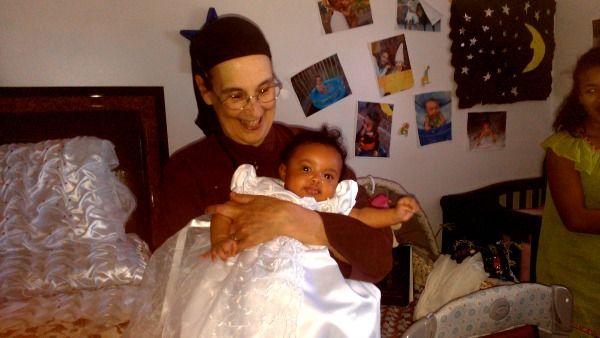
Q: How would you describe your packing?
A: Absolutely minimalistic. I have found by experience that less is best. I have also found in my work in cross-culture medicine, that I need to connect with the women in each immigrant community in as short a time frame as possible to accomplish the work I am doing. This is very different from researchers who set up elaborate base camps and conduct interviews and don’t get the chances I do to visit in the homes of my clients, eating meals with them, accompanying them to their births.
Check out TFG’s guide to Minimalistic Packing.
Q: Do you prefer to travel carry-on or with a regular size suitcase or bag?
A: Carry on only. Or small carry on with wheels. I prefer 2nd hand duffles and knapsacks. I have found that the better the brand, the more chance it will be stolen en route. I mend canvas luggage and replace cheaply when needed.
I still overpack, except on one short stint recently where patrons were charged even for carry-ons. I brought a book, sterile gloves, a second blouse that could be washed by hand and hung up, a notebook, hair brush, tooth brush and tooth paste, iphone and charger for typing in notes, a brown bag lunch, and a small gift for my host. I slept in my full slip, and propped up my only shoes—canvas Chinese Mary Janes ($7 a pair on Amazon which last me one year on average) on a heater overnight.
Read our tips on how to avoid overpacking.
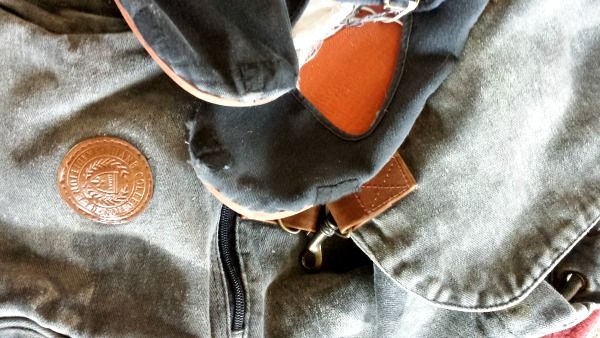
Q: How do you have enough clothing while traveling without access to an entire closet?
A: My secret is that I wear what the locals wear when I settle in for any length of time somewhere. When I was in training in Mexico, I wore the local dress, delicate floral embroidered cotton. I bought two in the old part of town, not the tourist center, for about $5 each.
More recently I have bought Tibetan shirts and wrap around skirts—one size fits all. They are modest and very beautifully made out of raw silks and linens. By not making my own clothes which I had formerly done, I am also directly supporting the Tibetan refugees in Minneapolis, the second largest concentration in the U.S. outside of N.Y. My earlier research was within the Somali immigrant community in Minnesota.
Any of my long skirts fit right in with the addition of a head scarf which I could get at the women’s market for under $5 each. At one point I found out I was being followed by another researcher from the nearby university who had heard about my work and had recently been awarded a sizable grant, but did not know how to access the Somali women’s community. I wrote a story about that which will appear in my upcoming book, and can be read on the blog. The story is called, Goat Soup and Bonding.
Learn about packing for long term travel.
Q: What are your three must have travel essentials?
A: I make sure I have hypoallergenic soaps, shampoo, and deodorant. Like all of the “Doctors Without Borders” groups, I try to leave space for hard to find medical items like non-latex gloves or penicillin vials. They are invaluable in many parts of the world, and I have never NOT been able to get an extra article of clothing when/if I needed one.
Check out TFG’s 10 travel products you may or may not need.

Q: What’s your preferred travel outfit on a plane?
A: I can wear my Tibetan silk blouse with a linen skirt and carry a light wool jacket anywhere, to a wedding or an airport or a baby’s birthday party.
Learn TFG’s 5 flight essentials for international travel.
Q. What are the items you never leave home without?
A: Sun hat, duck or canvas knapsack, and some needlework and a book. I always have the last two items handy in my carry on bag should flights be delayed or I have a long lay over.
Q: What destination surprised you the most with the ways locals dressed or their type of clothing?
A: The more I learn about the Tibetan dress, the more amazed I am by their ingenuity.
For example, I realized only recently that the apron the women wear over their chupa which is a kind of jumper worn over the blouse, is made of all the scrap fabric from all of the other things they have made during the year. Some are specially woven for the apron, but the apron and also any trim or embellishments on the jackets worn both by men and women is made by sewing on little strips of left overs, which makes a very colorful edging.
Like our early American crazy quilts that incorporated remnants and swatches, nothing is thrown away but instead is used, and in the case of the apron, in a very clever way.
Q: What are your essential toiletries?
A: #1 is a small bottle, under 4 oz. of hand sanitizer, for obvious reasons. Next I make sure I have a little bottle of almond or olive oil. I use it for taming my frizzy hair, for moisturizing my skin, and instead of lip gloss. It can also double as an antibiotic ointment for bug bites, small cuts and helps heal scars.
When I cannot find conditioner, I get a bottle of cider vinegar. 1 cup vinegar to 2 warm cups water is an amazing rinse after any brand X shampoo and restores my hair. I leave it on 5 minutes and then just lightly rinse it out.
Q: What travel shoes do you use?
A: After my favorite Birkenstocks died, my black Chinese Mary Janes are now my shoes of choice. They dry quickly when caught in rain. I usually keep last year’s pair and repair them with little patches of black fabric sewn over any holes in the cloth uppers. They fold very flat when packing, and then I have an ‘old’ pair for hiking.
For tips on choosing travel shoes, check out this 10 step guide.
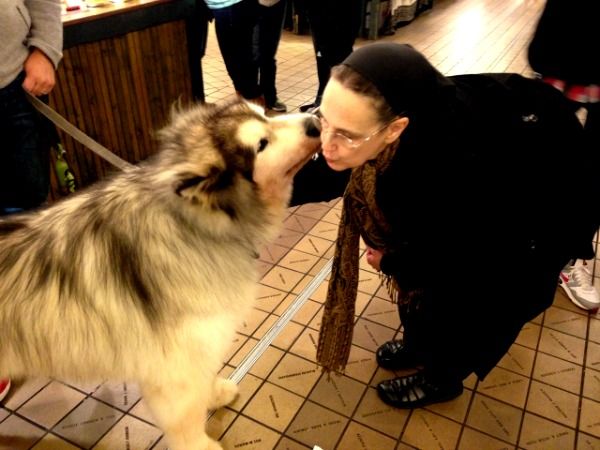
Q: What was your biggest packing mistake?
A: When visiting an Amish settlement, I put on a headscarf, thinking I should respect their customs while with them. One of the ministers asked why I was wearing a blue scarf. I said I thought it would be modest under the circumstances. He pointed out that only the rebellious girls wore colors. Women my age wore black scarves and he promptly instructed his wife to go get me one.
Q: Finally, any travel packing tips for new travelers?
A: Light is best. I learned this early on. I realized at one point I was hauling around stuff I had not used or worn in a whole year. It was time to cull. Now, if I haven’t needed it during the last trip, I most likely can do just fine without it.
If you’d like to be interviewed on Travel Fashion Girl, please submit your details here.
For more traveler interviews, please read:
- Interview With Italy Insider Jasmine Mah
- Interview With World Traveler Louise Matthew
- Interview With Beach Chic Laura Bronner
- Interview With The Abroad Guide’s Jessica Dante




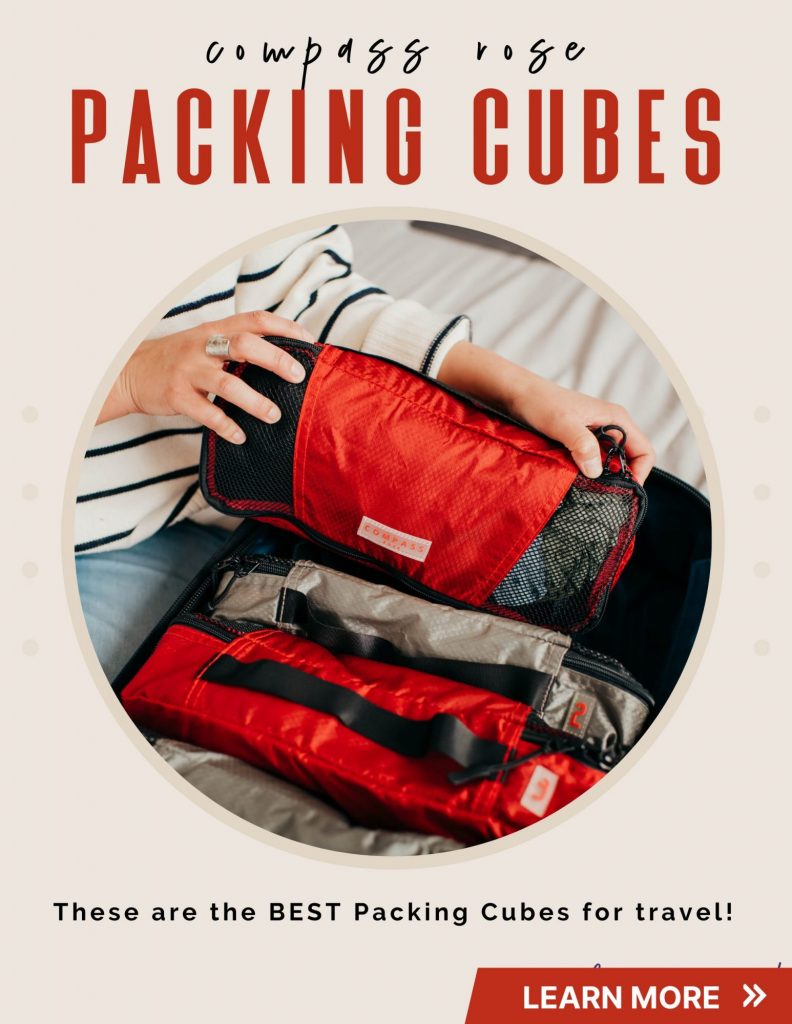
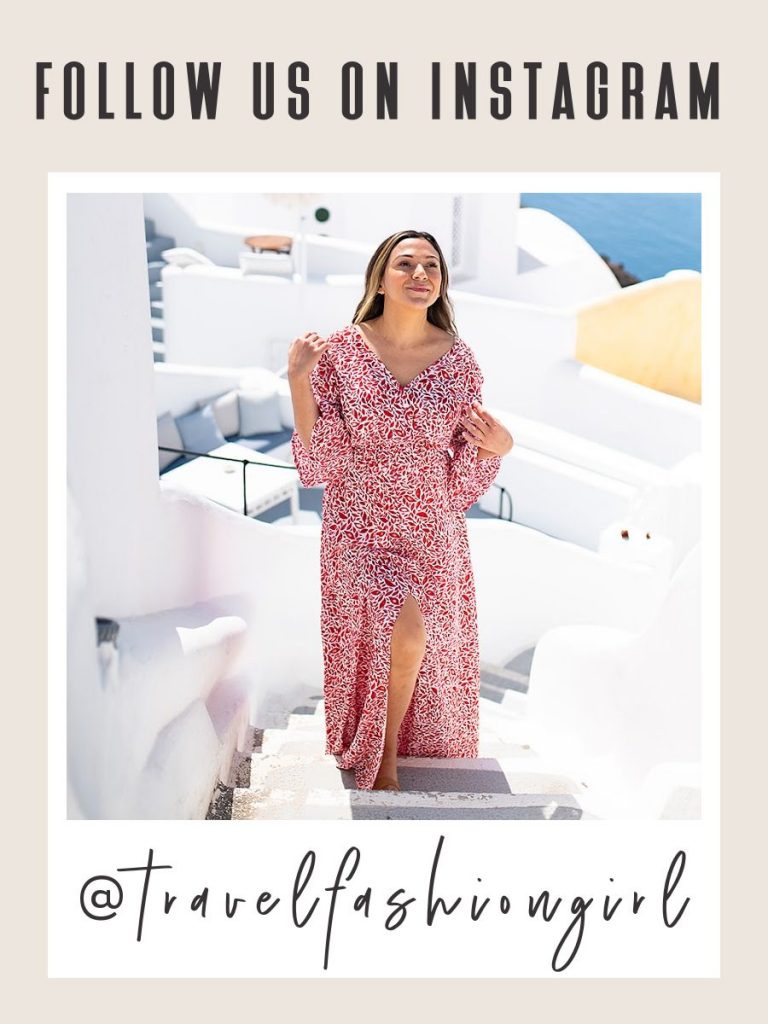





Wow, super interesting!
I am glad you’ve enjoyed the story. I have never thought of myself as a fasionista. Wishing you the best in the New Year. Blessings, Stephanie
Definitely insightful on tactics to get close to the local community especially for special projects, thanks for sharing!